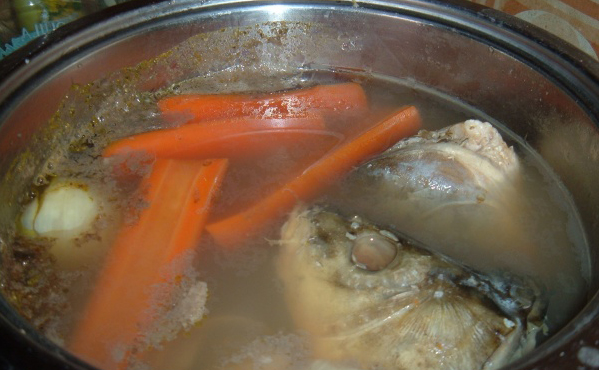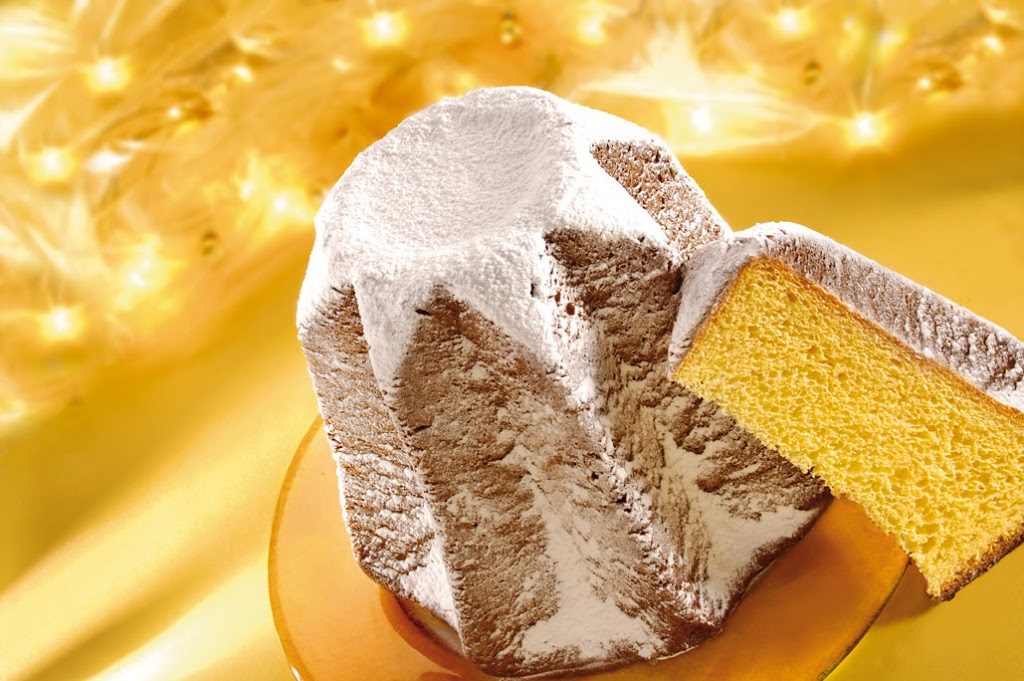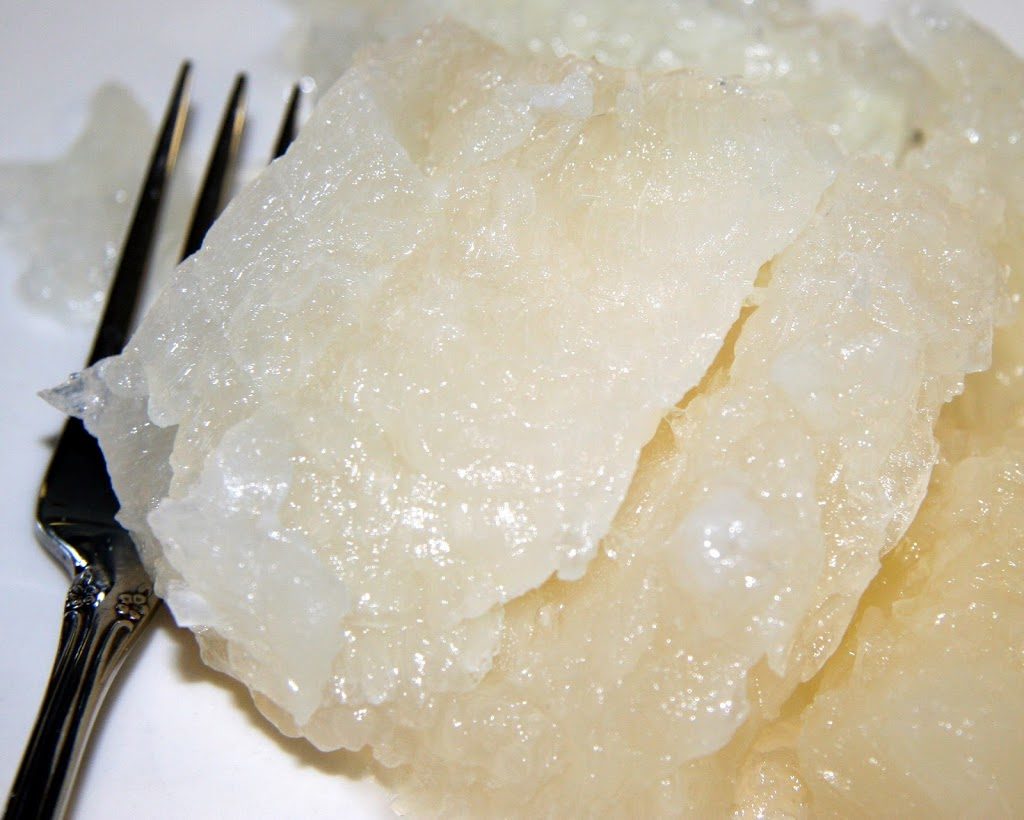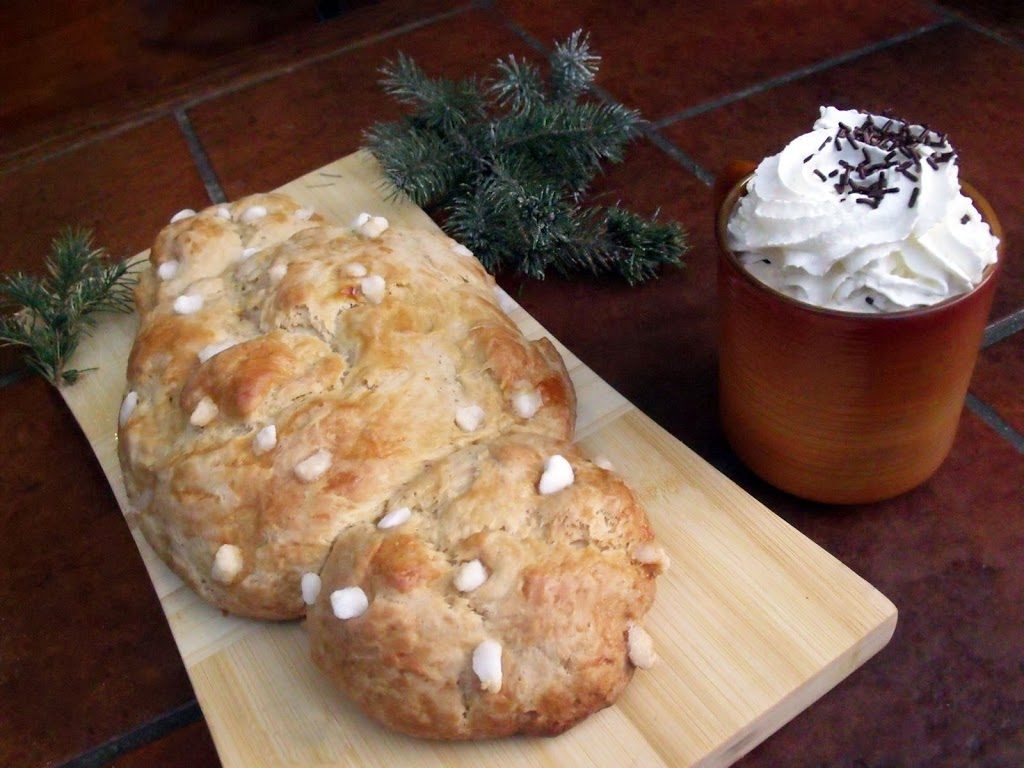1. Vánoční Rybí Polévka (Czech Christmas Fish Soup) – Czech Republic
Harking back to a simpler time when meat was a luxury to most Europeans, the tradition of eating carp (a freshwater fish) for a treat at Christmas has remained strong in the Czech republic. None of the fish was wasted – most recipes for this soup call for the head and viscera to be boiled to make the stock. Even today the mayor of Prague doles out this soup to the needy on the Old Town Square on Christmas Eve.

2. Les Treize Desserts (The Thirteen Desserts) – France
Here’s one for the kids (and those of us adults with a sweet tooth). In the Provence region of France, Christmas Eve is epic meal time, or Le Gros Souper. The table is set with three candles (representing the trinity) and a large dinner of fish, vegetables, bread and cheese is shared. The thirteen desserts (representing the number of diners at the Last Supper) are then laid out to finish the feast. The desserts consist of various fresh and dried fruits, nuts, nougats, cakes, and sweet wine. After all that, everyone heads to the local church to try to stay awake through Midnight Mass!

3. Pandoro (The Golden Bread) – Italy
This Italian sweet bread, traditionally from Verona, is a favourite at Christmas. By its appearance you would think it is a cake, but it is in fact a leavened yeast bread, sweetened with sugar or honey, and dusted with icing sugar (some say to resemble the Dolomite peaks just north of Verona). Pandoro is typically served with a side of whipped cream, or even better, vanilla gelato, and a strong Italian espresso. Yum.

4. Lutefisk (Lye Fish) – Norway
It is hard for a non-Scandinavian to understand the appeal of this dish… however it remains very popular at Christmas throughout the Nordic countries, especially Norway. Dried cod is soaked in a solution of water and lye for a number of days, which changes the texture of the fish, making it more like a fish “jello” (jellyfish?). At this point, the fish is inedible because of the lye, so it has to be rinsed in clean water for several days to remove most of the lye. Then it is ready to be baked or parboiled, and served in all of its odoriferous, gelatinous glory.

5. Cougnou (Baby Jesus Bread) – Belgium
This sweetened yeast bread, dotted with coarse granules of sugar, is made in the shape of “the babe wrapped in swaddling clothes” (Luke 2:12). A children’s favourite at Christmas, it is usually served with another Belgian specialty – real hot chocolate.

Europe – home to so many different culinary traditions. Isn’t it time you made the trek? Join one of our specialized tours of Europe and enjoy regional cuisine at its finest. Go to Eat and Drink Like a European for details.


Recent Comments